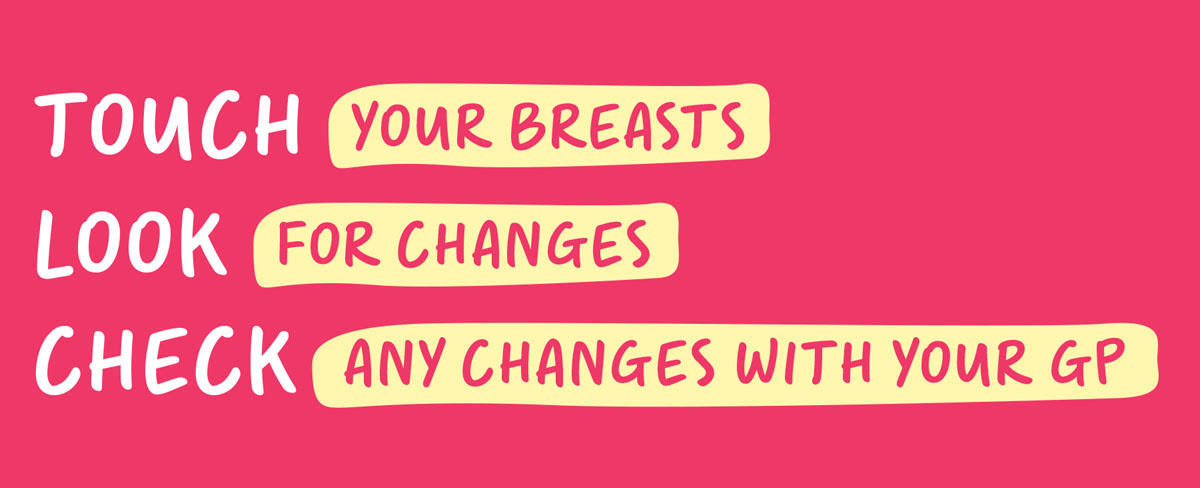
How to Check Your Breasts
Ann Summers x Breast Cancer Now are working together to start the conversation about sex, intimacy and breast cancer.
The first step, get to know your breasts!
It’s as simple as TLC! Touch Look Check
Checking your breasts only takes a few minutes. There's no special technique and you don’t need training to check your breasts.
Check the whole breast area, including your upper chest (collar-bone) and armpits.
Touch your breasts: can you feel anything unusual?
Look for changes: does anything look different?
Check any new or unusual changes with a GP
Knowing your breasts and checking regularly is the best way to know if something changes. The earlier breast cancer is diagnosed, the better the chance of successful treatment. So it's important to check your breasts regularly and see your GP if you notice a change.
Breast Cancer – Signs and Symptoms
Breast cancer signs and symptoms can include:
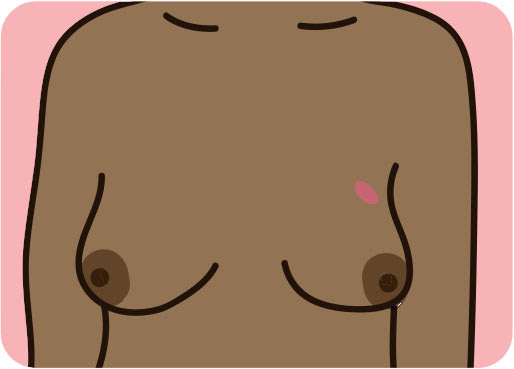
A lump or swelling in the breast, upper chest or armpit – you might feel the lump but not see it.
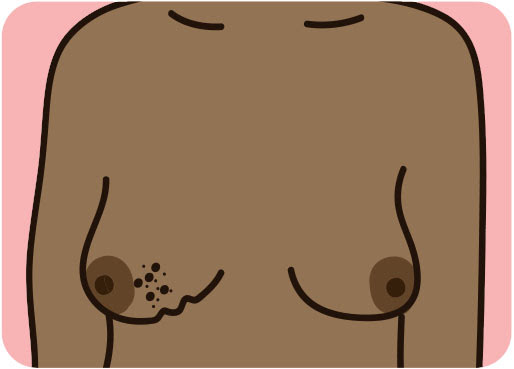
A change to the skin, such as puckering or dimpling.
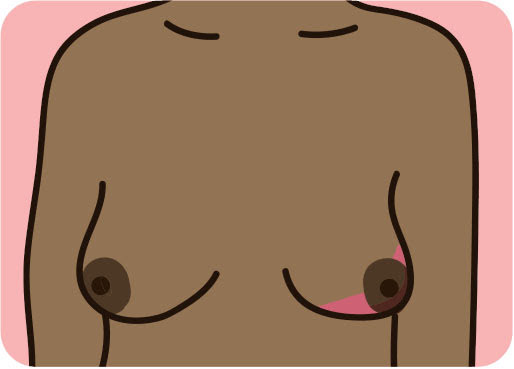
A change in the colour of the breast – the breast may look darker, red or inflamed.
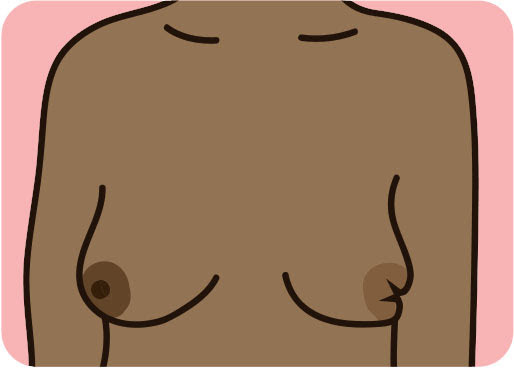
A nipple change, for example it has become pulled in (inverted).
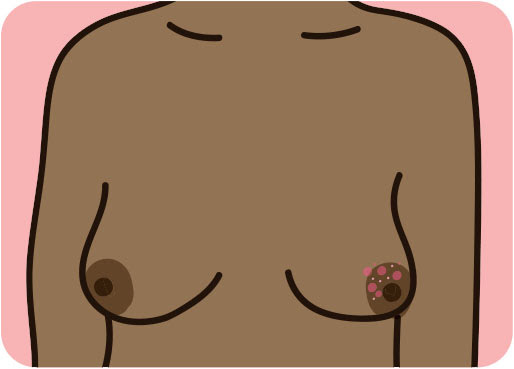
A rash or crusting around the nipple.

Any unusual liquid (discharge) from either nipple.
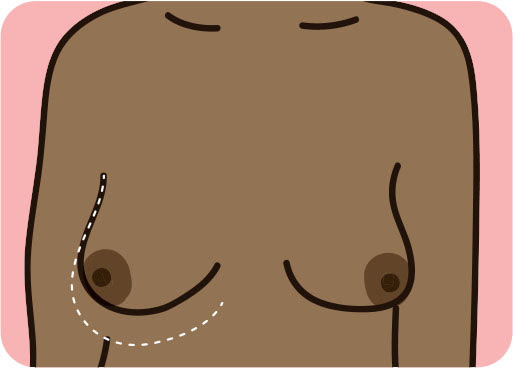
Changes in size or shape of the breast
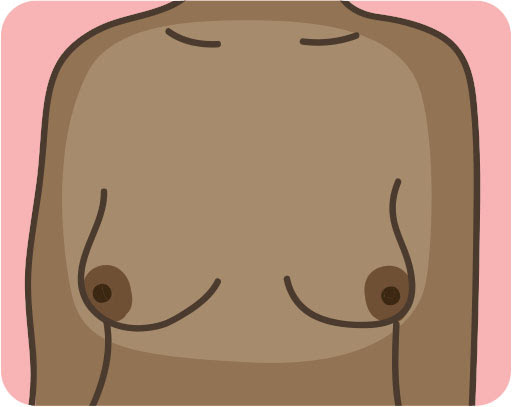
On its own, pain in your breasts is not usually a sign of breast cancer but look out for pain that’s there all or most of the time.
Noticing an unusual change doesn’t necessarily mean you have breast cancer, and most breast changes are not because of cancer. But it’s important to get checked by your GP.
This information was approved & provided by Breast Cancer Now.
your first order
Stay in the loop on all things Ann Summers:
Updates on new arrivals, inspiration, offers and events!
*Discount only available on full price products and 5% off discounted products
By inputting your information, you agree that we can use it in accordance with our Privacy Policy. You are able to unsubscribe from marketing at any time. By proceeding you agree to our Terms and Conditions.
You must be over 18 to join our mailing list.
By inputting your information, you agree that we can use it in accordance with our Privacy Policy. You are able to unsubscribe from marketing at any time. By proceeding you agree to our Terms and Conditions.
You must be over 18 to join our mailing list.
Sign up to emails and get up to 15% OFF your first order

*15% Discount only available on full price products and 5% off discounted products
Stay in the loop on all things Ann Summers: Updates on new arrivals, inspiration, offers and events!
By inputting your information, you agree that we can use it in accordance with our Privacy Policy. You are able to unsubscribe from marketing at any time. By proceeding you agree to our Terms and Conditions.
You must be over 18 to join our mailing list.
Our Benefits
Free Delivery over £50
Spend £50 or more and enjoy free UK Standard Delivery (arrives in 3 working days).
Prefer something faster or more flexible? Next Day, Click & Collect & more at checkout.
Buy Now, Pay Later
Buy Now & Pay Later with our payment partners Klarna, Paypal, and Clearpay at checkout. Get the product you want, when you want it.
Free Returns
Changed your mind? Return eligible items free of charge within 30 days.
Discreet Delivery
Your order will always arrive in plain, unbranded packaging from “AS Ltd”.